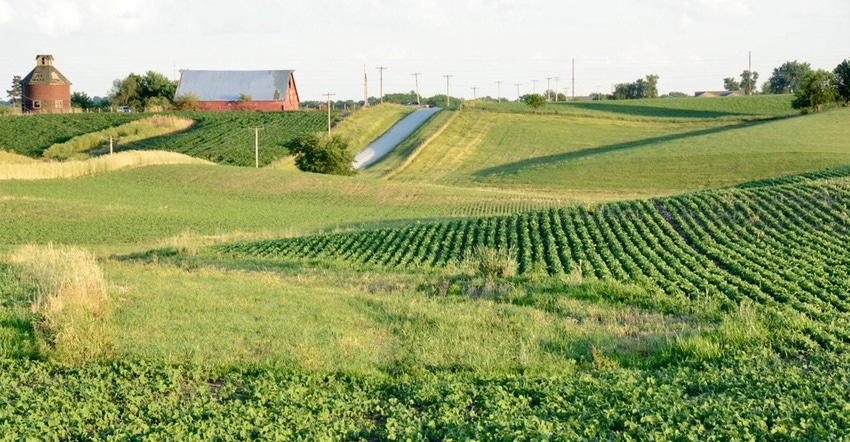March 18, 2019

After many months of debate, the agriculture community was excited to see the passage of a new farm bill in December. These bills are much anticipated and provide significant policy direction in agricultural marketing, safety nets and conservation.
In the conservation title, policy shifts can be major (think the Conservation Reserve Program and conservation compliance from the 1985 Farm Bill), but sometimes the changes are subtle.
It’s always a challenge: How do we anticipate future needs, get rid of what’s not working, keep what’s working, allow adjustments for improvement, and do it all in such a way that it is not too much of a shock and can be fully implemented in a quick, easy fashion? This bill was no different.
For the conservation title, we heard a lot of discussion about what programs needed to stay or go and what programs needed to be improved. In the end, we got a farm bill that truly was a blending of House and Senate proposals and one that still offers strong support for conservation through familiar programs. However, there are some changes too.
No new Natural Resources Conservation Service programs were added, and no existing programs were eliminated. We still have the Environmental Quality Incentives Program, Conservation Stewardship Program, Agricultural Conservation Easement Program (ACEP) and the Regional Conservation Partnership Program (RCPP). Examples of some of the changes to look for:
In EQIP, we’ll see the opportunity to expand and include anticipated resource concerns rather than just existing ones. In addition to the already strong working lands practices, we’ll have the ability to increase emphasis on soil health activities, water quality and wildlife.
CSP shifts from an acreage-based program to a yearly-funded program. CSP also will allow for more emphasis on soil health, grasslands and organics.
ACEP will be more flexible when it comes to management options on easements.
RCPP partners will have even greater flexibility to leverage and target conservation activities when the program becomes directly funded, rather than relying on EQIP, CSP and ACEP as donor programs.
In addition, Congress has asked that NRCS streamline our programs to make it easier for our customers to access and use them.
These are only a few highlights, and there are other adjustments that have been legislated. I can’t share any specific details about what these changes are. Not because they’re a big secret, but simply because details haven’t been ironed out yet.
While we are eager to get going right away, we realize there is a process. First, the changes need to be vetted in a public forum. New rules and policies are being developed. These proposals will go out for public comment. After the comments, they’ll be tweaked again and then formalized.
Listening sessions already have started, so I encourage you to engage in the process. It won’t happen immediately, but since the farm bill was a little late in passage, Congress has allowed us to use existing rules for fiscal 2019.
Next fiscal year, which begins in October, we’ll start seeing some of the changes. Even then, there will be an opportunity for more tweaks as we’ll likely be working on interim rules for fiscal 2020.
The positive message we have been sent with this bill is our legislators understand and appreciate the need for a strong private lands conservation. That’s good for farmers.
The other message we heard is we need to improve customer service and make conservation more accessible. That’s good for farmers, too.
At NRCS, we’ll give it our all to make the improvements, and I hope you’ll step up and demonstrate how important it is to have public support for voluntary conservation.
Dozier is the Illinois state conservationist. Direct comments or questions to [email protected].
About the Author(s)
You May Also Like




